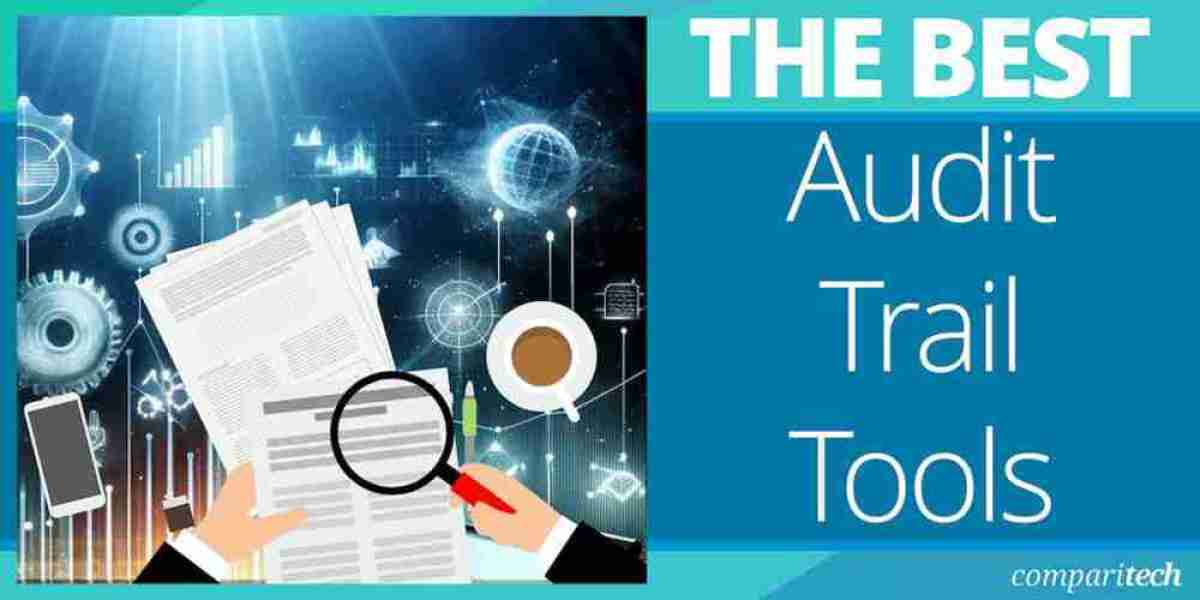The auto infotainment market has experienced significant enhancements in recent years, driven by technological advancements, evolving consumer preferences, and the increasing integration of digital solutions in vehicles. Auto infotainment systems, which combine entertainment, navigation, and connectivity features, have become an integral part of the modern driving experience. As the automotive industry continues to embrace innovation, several key enhancements are shaping the future of auto infotainment.
1. Integration of Advanced Connectivity Features
One of the most significant enhancements in the auto infotainment market is the increased integration of connectivity features. Bluetooth, Wi-Fi, and 4G/5G connectivity are now standard in most new vehicles, allowing drivers and passengers to seamlessly connect their smartphones, tablets, and other smart devices to the vehicle’s infotainment system. This connectivity enables real-time navigation, streaming services, voice control, and hands-free calling, making the in-car experience more convenient and enjoyable. The growing importance of smartphone integration has also led to the widespread adoption of platforms like Apple CarPlay and Android Auto, allowing drivers to mirror their mobile apps onto the infotainment display for enhanced usability.
2. Artificial Intelligence and Voice Recognition
Artificial intelligence (AI) and voice recognition technologies are transforming the way drivers interact with infotainment systems. With voice assistants like Amazon Alexa, Google Assistant, and Siri, drivers can control navigation, music, and other in-car functions without taking their hands off the wheel. AI is also enhancing infotainment systems by providing personalized recommendations for entertainment, destinations, and routes based on driver preferences and habits. As AI continues to evolve, these systems will become even more intuitive, offering a more responsive and seamless user experience.
3. Touchscreen and Gesture Control Innovations
Modern auto infotainment systems are increasingly utilizing touchscreens and gesture controls to enhance user interaction. Larger, more responsive touchscreens have replaced traditional knobs and buttons, offering a more intuitive and user-friendly interface. Additionally, some automakers are incorporating gesture control, enabling drivers to control functions such as volume or climate settings with simple hand movements. These features reduce distractions and help improve safety by allowing drivers to keep their focus on the road.
4. Enhanced User Interface and Customization
Another key enhancement is the improvement in user interfaces (UI) and customization options. Infotainment systems are becoming more visually appealing, with high-definition displays, advanced graphics, and easy-to-navigate menus. Many systems also offer personalization options, allowing drivers to adjust the display layout, create personalized profiles, and save preferred settings for media, climate control, and navigation routes. This level of customization enhances the overall driving experience by making it more tailored to individual needs.
5. Integration with Autonomous Driving Technologies
As autonomous driving technologies advance, the role of infotainment systems is evolving. In self-driving cars, infotainment systems are becoming central to entertainment, productivity, and communication, as drivers no longer need to focus on controlling the vehicle. The autonomous driving era is creating new opportunities for immersive in-car experiences, such as gaming, video streaming, and virtual meetings, as well as enhanced safety features integrated into infotainment systems.
Conclusion
The auto infotainment market is rapidly evolving, driven by advancements in connectivity, AI, touchscreen interfaces, and the increasing shift toward autonomous vehicles. These enhancements are transforming the driving experience, making it more connected, personalized, and safer. As automakers continue to innovate, the future of in-car infotainment systems promises even more exciting possibilities, improving convenience, entertainment, and productivity for both drivers and passengers.




